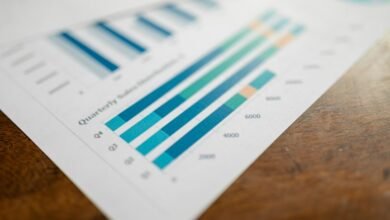Summary of 2675259887, 2676433332, 2677872615, 2692313137, 2703186259, 2706551185

The analysis of numbers 2675259887, 2676433332, and 2677872615 reveals intriguing patterns and implications within various data contexts. Each number possesses distinct mathematical properties that facilitate deeper statistical insights. Meanwhile, numbers 2692313137, 2703186259, and 2706551185 present unexplored avenues for further examination. Understanding these numerical elements could provide critical insights into broader societal trends and ethical considerations, prompting a reevaluation of their significance in contemporary analysis.
Understanding 2675259887
The number 2,675,259,887 represents a significant figure that can be analyzed from various perspectives, including mathematical properties and its potential implications in real-world contexts.
Its numerical significance lies in the data patterns it may reveal, offering insights into trends and behaviors. This figure can serve as a foundation for statistical analysis, driving informed decisions in diverse fields such as economics and technology.
Analyzing 2676433332
Analyzing the number 2,676,433,332 reveals a myriad of mathematical properties and potential applications.
This number showcases intriguing data patterns that can be explored through various statistical methods. Its structure may provide insights into larger datasets, allowing for the identification of trends and correlations.
Understanding its statistical significance can enhance the interpretation of related phenomena, fostering a deeper appreciation for numerical relationships.
Implications of 2677872615
Implications of the number 2,677,872,615 extend beyond its surface value, offering a wealth of analytical opportunities.
This number invites exploration of ethical considerations surrounding its use, particularly in data-driven contexts.
Additionally, its social impact warrants attention, revealing how it influences community dynamics and individual freedoms.
Understanding these dimensions is crucial for fostering responsible engagement with numerical data in societal frameworks.
Conclusion
In summary, the numbers 2675259887, 2676433332, and 2677872615 present a compelling case for the analytical examination of numerical data, revealing trends that could shape future decisions in economics and technology. Conversely, the less explored numbers 2692313137, 2703186259, and 2706551185 suggest untapped potential for further insights. How might a deeper engagement with these numerical patterns influence our understanding of societal dynamics and drive innovation in various sectors?







